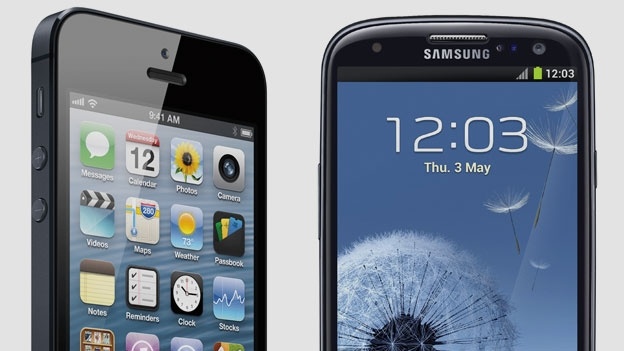Can’t Wait to Meet you Neighbour
Starting in March, Target, an American retailing company, will open 124 stores in Canada. It is their first expansion beyond the United States and the move is their first step of going international and becoming a global retail force. Known for its reasonable price and exclusive partnership with designers, Target is hoping to earn some profits from the Canadian consumers since most of the Canadians are already aware of the brand. Also known for its savvy marketing, Target revealed its first Canadian ad campaign during the Oscar broadcast. Oscar awards is a yearly ceremony that generates tons of viewers; the airing of the commercial during the Oscar will not only increase the awareness of the brand, but also will represents the milestone of the company’s official introduction to Canadian shoppers.
The commercial depicts the Target brand as a friendly new neighbour for Canadians with a warm and family-oriented atmosphere. In the commercial, a woman rides a motorcycle with the Target’s mascot dog, the painted lady bull terrier Bullseye, sitting in the sidecar. The two drives cross-country past several remarkable landmarks and events of Canadian cities such as Toronto, Montreal, and Vancouver. The goal of the ad, which is reinforced by items in the signature Target red and white, is to position and build the brand as well as to inform the Canadian audience that the company has spent time and effort in learning about the Canadian market. Several cultural insights Target weaved in the commercial include the July 1 moving day in Quebec, a picturesque lighthouse of St. Johns, and hockey game. The commercial does not focus on showing audience the products in store, instead, it focuses on brand building. As a result, Target is able to generate a strong brand reputation and position itself against the competitors such as Walmart.
In addition to the pervasive marketing, Target also introduces its official Canadian site and its signature REDcard with 5% savings to generate loyalty. Also, it partners up with the Royal Bank of Canada to make purchase more convenient. I think the marketing strategy of Target is effective as it communicates the right information to the right audience at the right time. Also, it has well-analyzed the macroenvironment of the market and positioned itself in order to satisfy consumers’ needs. I would definitely visit a Target store any time soon!
Sources:
http://www.target.ca/en/
http://www.theglobeandmail.com/report-on-business/industry-news/marketing/targets-mascot-wants-to-be-your-neighbour-in-canadian-ad-debut/article8951368/





